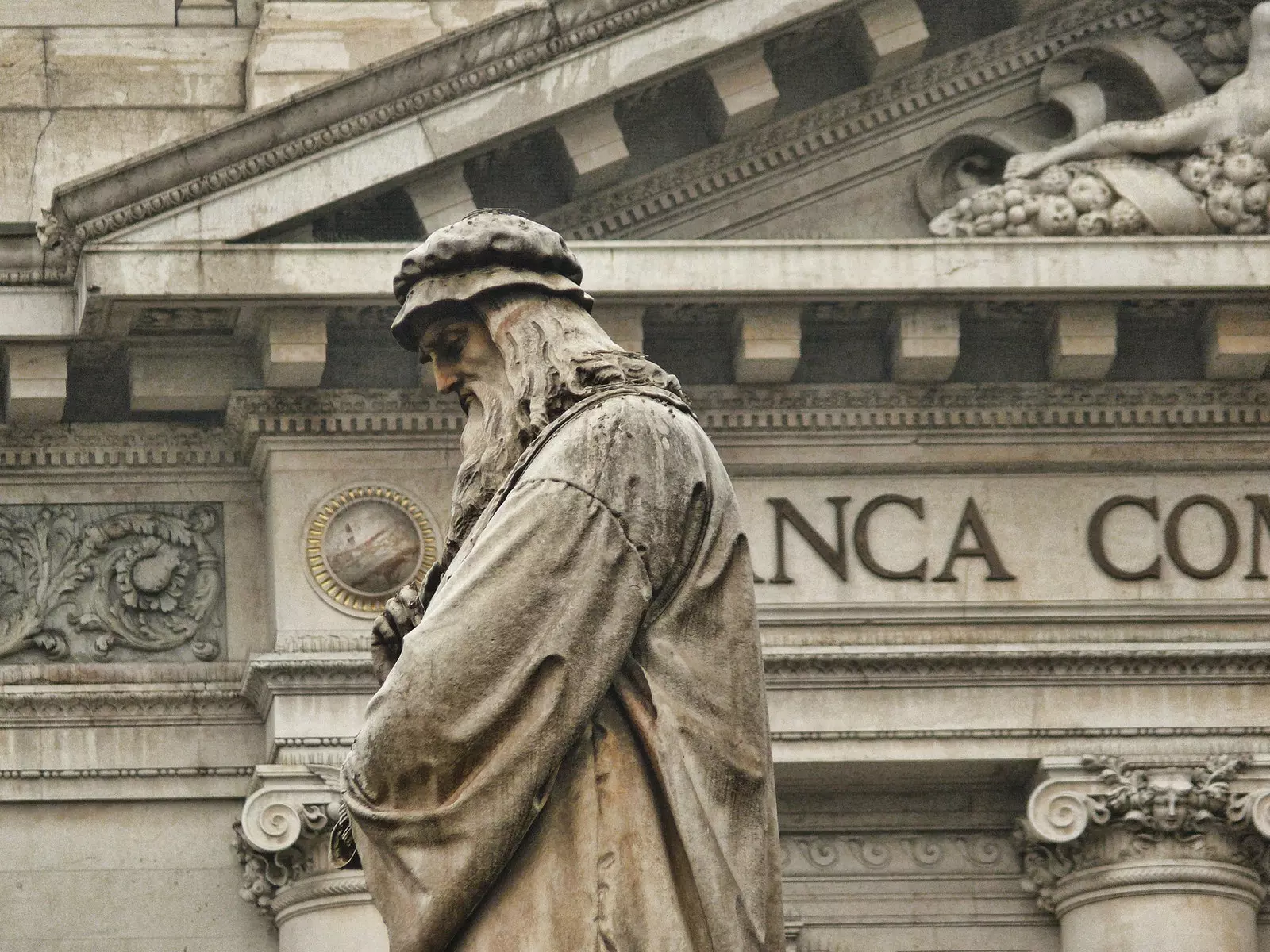
Leonardo is not in Vinci
I had come to Vinci by mistake . I didn't have a navigator and maps have never been my forte. My target was Lucca. I never reached it. I ate at a trattoria in the town that gave the artist his name and, as a gesture of courtesy, I followed the signs to the house where he was born. He was a few kilometers from the town, in Anchiano, among olive trees.
There were no big crowds. Two buses and a few cars lined the parking lot. The view over the Montalbano hills was typically Tuscan, and the rustic stone house pretended to be. It has been restored, reports a panel. Or invented. But it seems certain that Leonardo was born there in 1452.
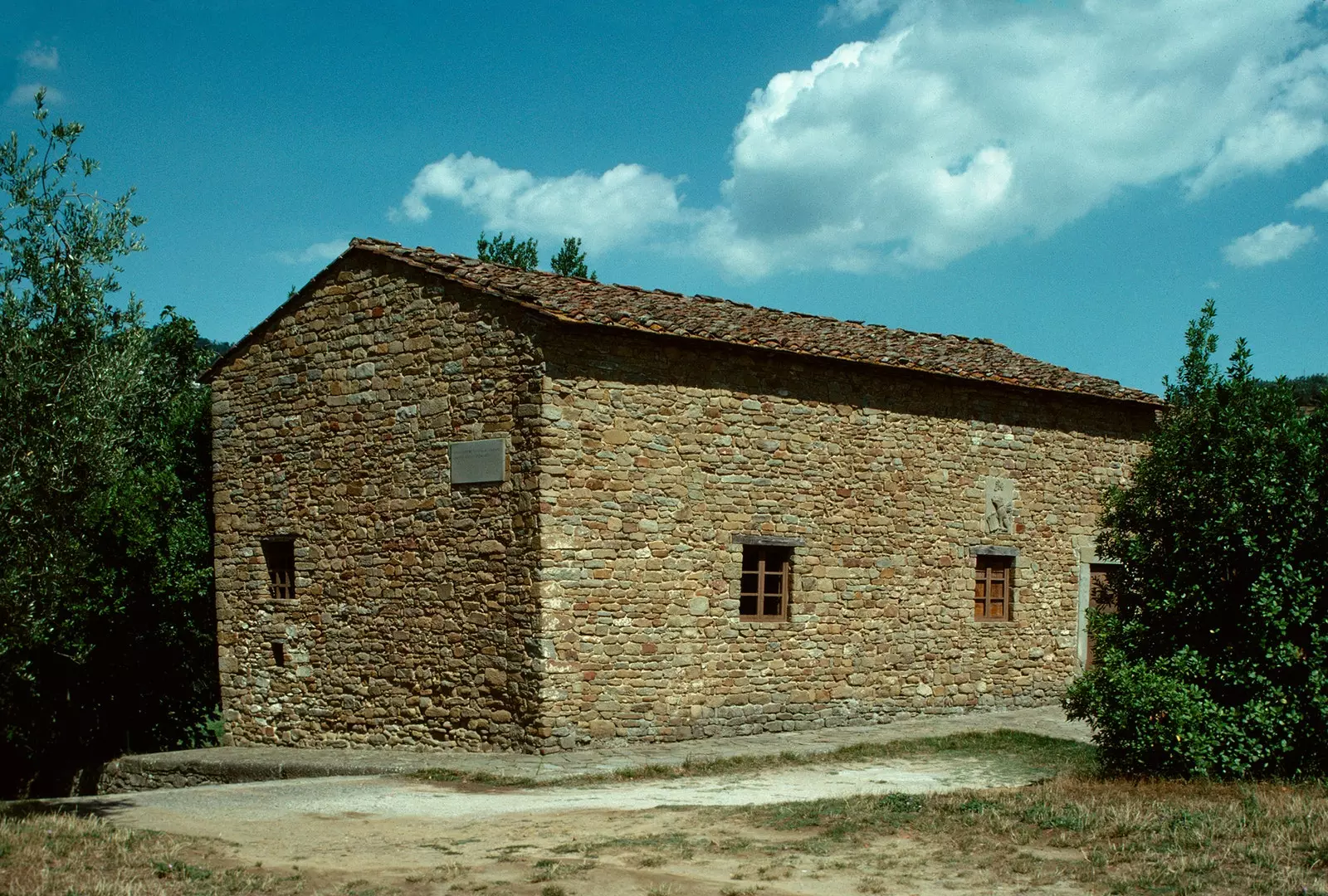
The house where Da Vinci was born in Anchiano
So it was a farm owned by his mother's family, Catherine . The artist lived there his early childhood. I imagined him running after the chickens among the olive trees. When he was five years old, his father, a prosperous notary, took him to live with him in Vinci. At that time it was not unusual for an illegitimate child to be taken in by the paternal family.
The exhibition of the house of Anchiano was testimonial . The emptiness of suspiciously spacious rooms in a farmhouse was attenuated with videos and interactive elements. The mythomania was under the walls. Leonard was not there.
In Florence I stayed at the Lungarno hotel, in Sancto Spirito. The clouds and the cold shaded the gray that enveloped the city. I had dinner with a Florentine friend in a restaurant in Oltrarno and we talked about the myth of Leonardo. She defended that no character could bear the weight of the Gioconda. The author of the most reproduced work in the world had not been able to avoid being devoured by his smile.
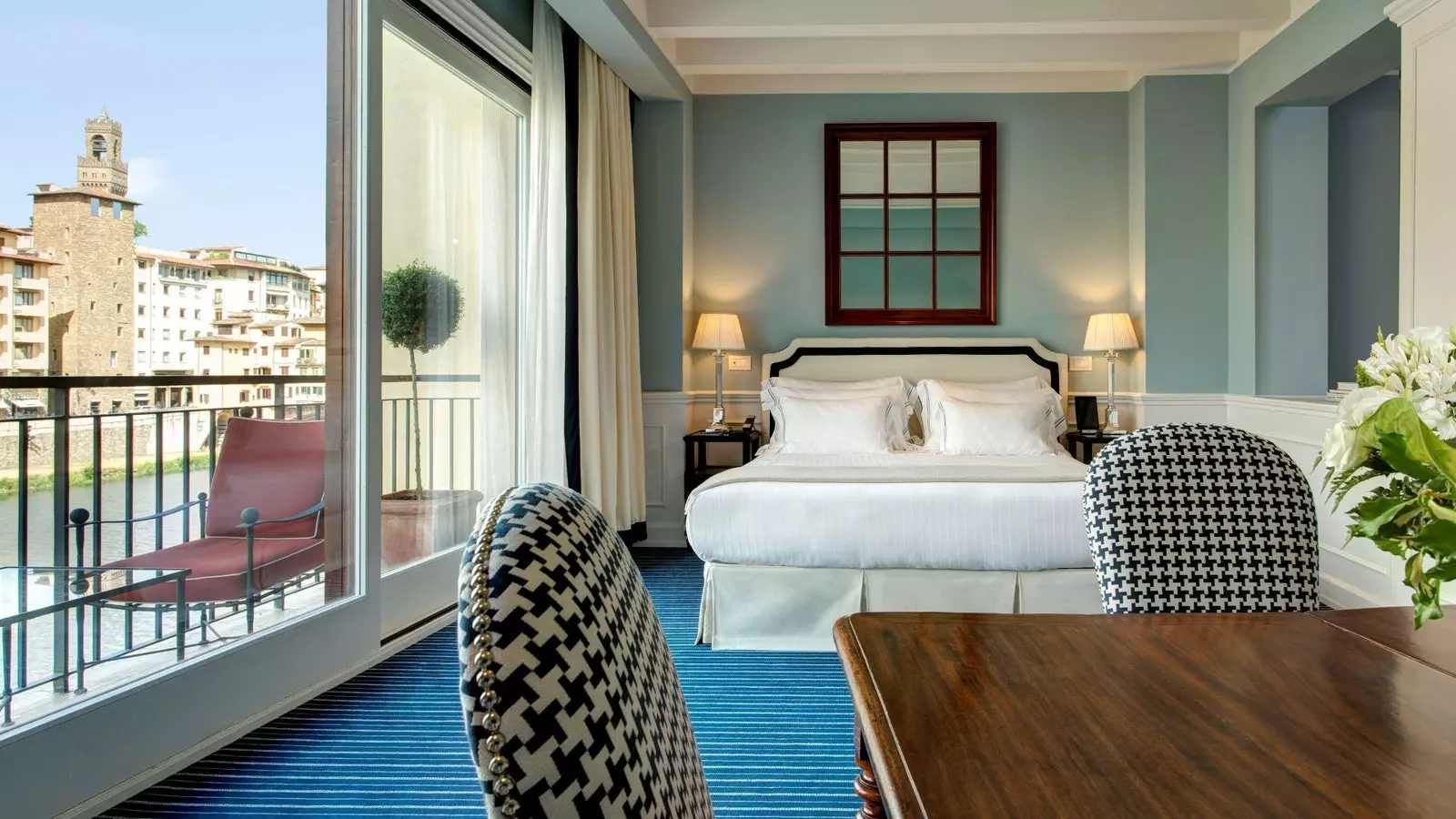
Hotel Lungarno, in Sancto Spirito
The next day, while watching 'The Adoration of the Magi' in the uffizi , I told myself that the topic went beyond the smile. The figures crowd around the Virgin , holding the Child on her knees. Beyond the shadows stretches a sketchy, fragmentary landscape. Two horsemen race around architecture reminiscent of Escher's stairs . Leonardo did not finish the table, and that emptiness tenses the mystery in the composition.
I thought that it is not the great works, but the emptiness that nourishes the myth. The emptiness of images that have been destroyed, or that would not be the same if they had been finished. It is necessary to cover that gap, which is why the topic has turned Leonardo into an eccentric and inconstant being, spontaneously inspired by genius. But it's never like that. Talent is sterile if it is not cultivated . Nor was he the omniscient sage who lies under the label of renaissance man.
The only certainties about his person remain in his works. Restlessness, aspiration to the ideal, observation of nature, technical experimentation and invention were his own. His field was notebooks, sketches, not large canvases.
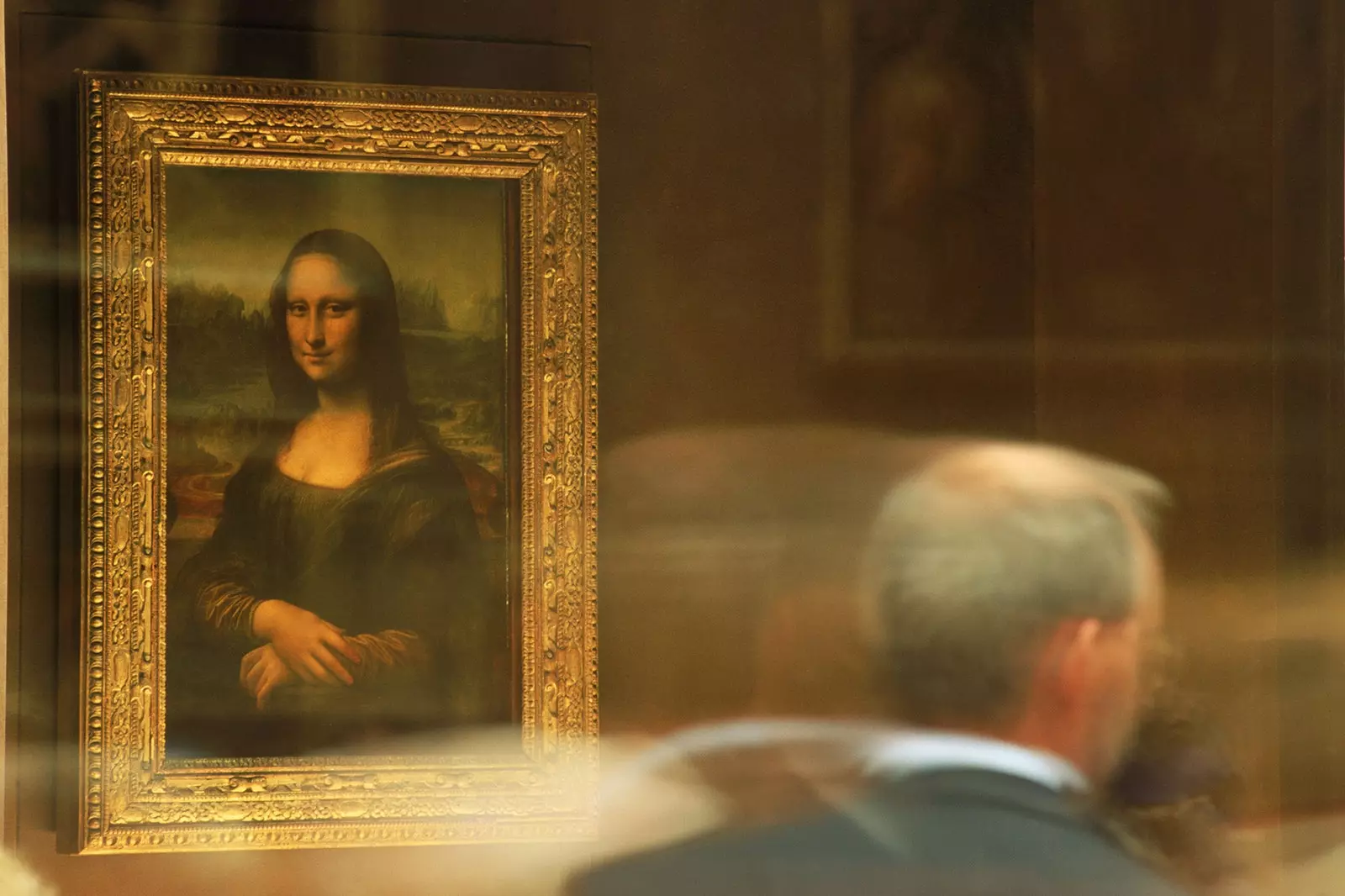
The eternal Gioconda
The second gap is biographical. His emotional life is as diffuse as his landscapes. There is only one piece of information: anonymous accusation of sodomy that he suffered in Florence . His father had arranged for him to enter as an apprentice in the workshop of Verrochio, one of the great artists of the time. It is documented that at the age of twenty-three he collaborated with him in 'The Baptism of Christ'.
A year later he was accused, along with three prominent figures in the city, of sodomizing Jacopo Saltarelli, a goldsmith who practiced prostitution. The claim was unsuccessful.
According to Vasari's description, Leonardo was exceptionally beautiful . Although the artist and biographer already incurs the elements that would make up the cliché, it is not likely that, thirty years after his death, he would completely recreate his appearance. But despite his attractiveness, there is no record of any relationship with a woman. And there is Salai, the ephebic apprentice who, despite repeatedly robbing and swindling the master, remained in his service for thirty years.
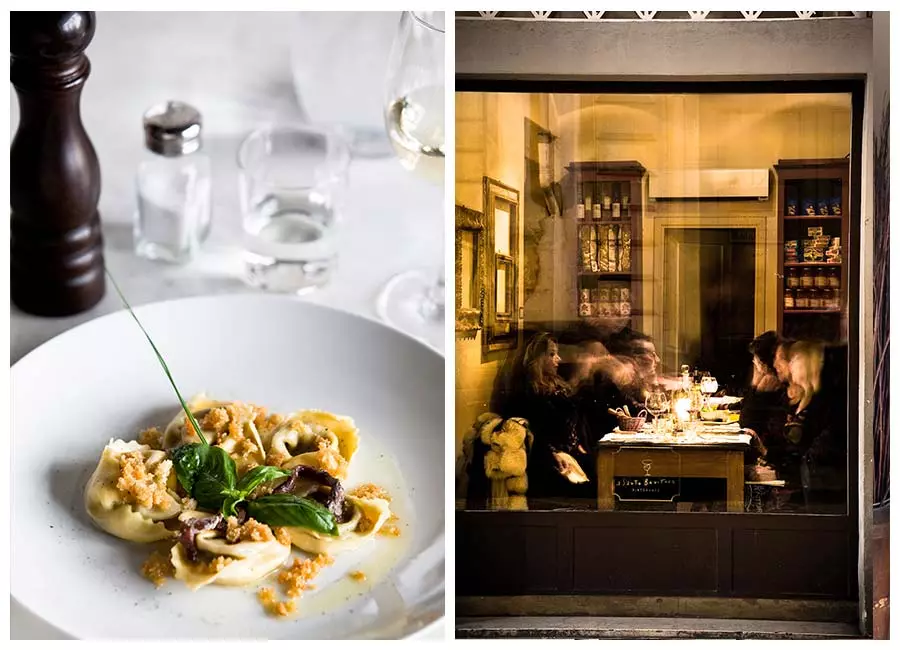
In a restaurant in Oltramo...
The conclusion is clear, but the lack of definition persists. A marriage or, in its absence, a romance documented in letters or sonnets, provides a vital axis to cling to. Even Freud, in his famous essay on the childhood of the artist, defends an ascetic asexuality, sublimated through art.
Leonardo is elusive, and that is the trait that, together with his talent, has taken him beyond the artistic. Already in the 16th century it was considered the absolute expression of genius. The visionary spirit, the symbolic games and the unknowns about the character of his speculations , displaced the dimension of the myth towards the esoteric.
In his work, each gesture has been interpreted as a code. Ambiguity has always been a source of bewilderment. Saint John Baptist with the index raised towards the divine, of which there is a erotic sketch, condenses the mystery that distances him and brings him closer, because it allows fable.
